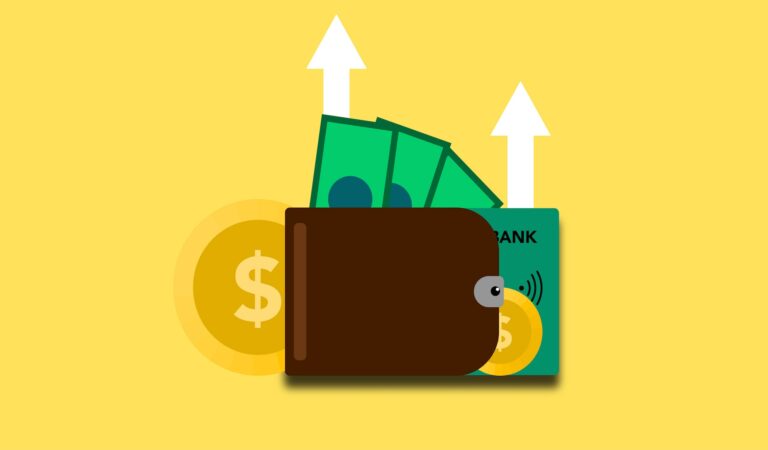
What are Biggest Mistakes People Make with Social Security?
With so many ways to claim benefits, especially if you are married or were divorced at some point in your life, small mistakes can add up to a big difference in the amount of Social Security benefits you receive, says a recent article, “11 Social Security Mistakes That Can Cost You a Fortune” from Nasdaq.
Not checking your earnings record during your working life can add up to significant losses. Even if you’re decades away from claiming, you should check your earnings record annually since this is what Social Security benefits are based on. Common mistakes include employers recording incorrect earnings or earnings not showing up because you changed your name and the name change wasn’t processed correctly.
Check your statement annually to avoid losing the right number of benefits because of earnings record mistakes. If you see an error, send proof of your earnings to the Social Security Administration. You might submit your W-2 form if you’re a salaried employee or your tax return if you are self-employed. Once the SSA verifies your claim, your record will be corrected. This is a “sooner is better than later” task because you may not have a paper trail going back 30 years.
Another mistake people make is not working long enough. To qualify for Social Security, you need at least 40 work credits. Taxpayers earn up to four credits each year based on earnings. For example, in 2023, you must earn $1,640 to earn one credit or $6,560 to earn four credits. Benefits are calculated based on the average of the 35 highest earning years. If you haven’t worked for 35 years, $0 will be averaged for each year you don’t have earnings.
It’s wise to do the calculations for Social Security before retiring. As you approach your retirement date, check your earnings statement first to be sure you have enough credits to qualify for Social Security. If you don’t have 35 years, consider working another year or two. If you worked at a job where you weren’t paying into Social Security, adding another year of work could ensure you qualify and may also boost your monthly benefit amount.
Taking Social Security too early can take a big bite out of benefits. While everyone eligible can start taking benefits at age 62, for everyone born after 1959, the reduction for benefits at age 62 is 30%. This lower benefit is permanent and won’t increase until you reach Full Retirement Age (FRA). It’s best to wait at least until FRA. If you can wait past FRA, your benefits could increase by as much as 8% per year up to age 70.
Another mistake is waiting too long to claim benefits. If you live to the average life expectancy, it won’t matter if you claim benefits too early or late. The amount of the benefit reduction for claiming early and the increase in delaying a claim evens out. But if you are in poor health or have cash flow trouble, a benefit check at a younger age could be the right move.
If you file for Social Security benefits solely on your earnings record, you might miss out on a larger benefit. Let’s say you were a stay-at-home parent while your spouse worked. You may not have enough work credits to qualify, or your benefits may be small. However, you could still qualify for benefits under your spouse’s work record. Check to see how much you would be eligible to receive under your spouse’s work record before deciding how to claim benefits.
If divorced, you might claim benefits under your ex-spouse’s earnings record if you meet all the requirements. Suppose the marriage lasted at least ten years. In that case, you are 62 or older, unmarried, and your ex-spouse is eligible to receive Social Security retirement or disability benefits. Your benefit from your work is less than what you would receive under your ex-spouse’s earnings record; it’s worth exploring this option.
If you are married, it’s best to coordinate claiming strategies with your spouse. A low-earning spouse could start claiming benefits based on the higher-earning spouse’s income at full retirement age. Meanwhile, the higher-earning spouse delays benefits to increase retirement credits.
Finally, remember that up to 85% of Social Security benefits could be subject to federal income taxes if you earn substantial income from wages or dividends. The percentage of benefits subject to income taxes depends on the couple’s combined income, which includes the household Adjusted Gross Income (AGI), any nontaxable interest income, and half of your Social Security benefits.
Reference: Nasdaq (July 2, 2023) “11 Social Security Mistakes That Can Cost You a Fortune”



